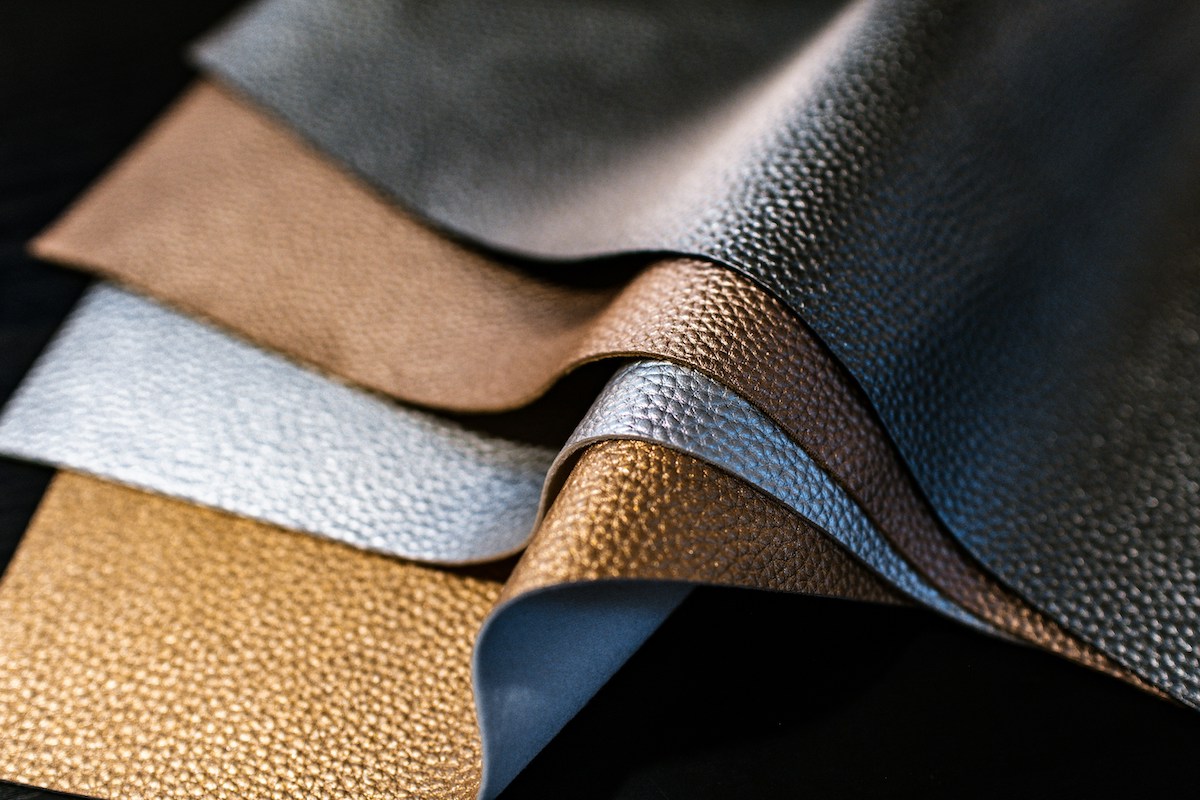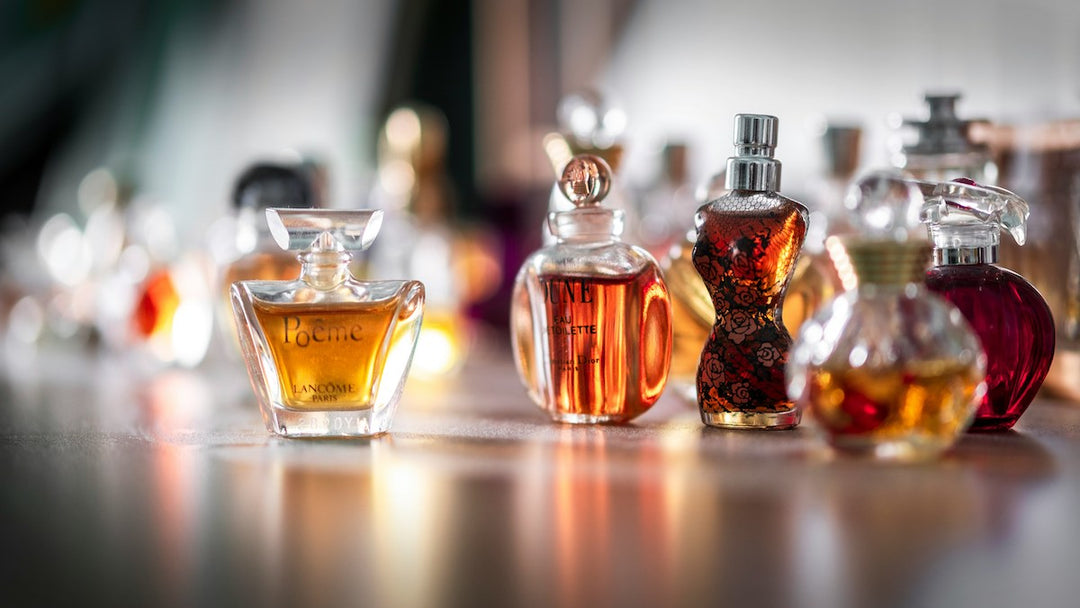When you're dealing with leather, it's crucial to know your grades. The difference between leather grades 1000 to 5000 can significantly impact the quality, durability, and price of your product.
You might be wondering, what exactly are these grades? Well, they're a measure of the leather's quality and finish, with 1000 being the lowest and 5000 the highest.
Knowing your leather grades can make all the difference when choosing products or materials for your next project. It's not just about the look and feel, it's about the long-term investment. So, let's get you well-versed in the world of leather grades.
What are Leather Grades?
Entering the fascinating realm of leather grades from 1000 to 5000 is an essential knowledge voyage. Undeniably, it's a part of your journey to making more informed choices towards the leather you acquire.
Primarily, leather grades refer to the rating system that categorises the inherent quality of leather based on numerous factors. These influencing factors include, but aren't limited to, the hide's natural imperfections, processing techniques, finish type and durability.
Grade 1000 leather, often the most economical class, is typically treated with artificial grains to enhance its aesthetic appeal. Although it's not as durable or breathable as higher-grade leather, it can still be a suitable, budget-friendly choice for short-term use or projects that don't demand top-tier longevity.
Explore: Best Designer Belts for Women Under £50
When you hold a piece of Grade 2000 leather, notice the deeper grains and overall superior quality compared to its 1000-grade counterpart. The durability of this grade is appreciably better, making it perfect for medium-term usage.
As you move higher up the grade scale, Grade 3000, 4000, and 5000 leather all offer premium tiers of quality and durability. They showcase minimal processing and fewer artificial treatments, leading to highly breathable, natural, and long-lasting leather.
We search deeper into the detailed characteristics of each leather grade, but keep in mind this fundamental knowledge that leather grades directly correlate to their quality, durability, and, ultimately, their price.
(Below is a brief overview of leather grades.)
|
Leather Grade |
Quality |
Durability |
Price |
|---|---|---|---|
|
1000 |
Low |
Short-term |
Low |
|
2000 |
Medium |
Medium-term |
Moderate |
|
3000 |
High |
Long-term |
High |
|
4000 |
Premium |
Longer-term |
Higher |
|
5000 |
Premium |
Extremely Long-term |
Extremely High |
In the forthcoming sections, we'll explore more about each leather grade in greater depth to help you make the best choice based on your specific needs and expectations. Don't forget, every grade has its unique pros and cons. Therefore, it's necessary to keep your particular requirements as the definitive guide while purchasing.
The Significance of Leather Grades
When you're looking at leather goods, whether it's a jacket, a couch or a pair of shoes, understanding the granular details of leather grades significantly influences your decision-making process.
Leather grades aren't just arbitrary numbers. They serve as critical signposts, guiding you through the maze of options available in the market.
Leather categorised as Grade 1000 might be more affordable, but it's also less durable and breathable. Hence, it might spoil your expectations if you seek longevity. On the other hand, Grade 2000 leather steps up a notch, offering superior quality and durability. It's a smart choice for medium-term usage.
If you're on the hunt for premium quality, look no further than Grade 3000, 4000, or 5000 leather. These high grades are synonymous with minimal processing and artificial treatments, ensuring maximum natural qualities remain intact.
As with the majority of things in life, you generally get what you pay for with leather. Here's a brief look at the differing characteristics of each grade:
|
Grade |
Quality |
Durability |
Price |
|---|---|---|---|
|
1000 |
Economical |
Less durable |
Most affordable |
|
2000 |
Superior |
More durable |
Moderate |
|
3000 |
Premium Quality |
Highly durable |
High |
|
4000 |
Premium Quality |
Highly durable |
High |
|
5000 |
Premium Quality |
Highly durable |
High |
As we search further into the specifics, you'll see that the true value of understanding leather grades is in the empowerment it brings to your purchasing decisions.
The Scale from 1000 to 5000
Grasping the difference between leather grades from 1000 to 5000 can become a simpler task for you. If you're shopping for leather products, you'll commonly find yourself pondering about these grades. So, let's demystify these numbers further and learn what they stand for.
Grade 1000 leather is often your budget-friendly option. Importantly, it's less resilient and breathable compared to its superior grades. Don't get me wrong - it's not bad, but it simply does not match the endurance of higher-grade leather. This grade experiences more processing which results in a decrease in its natural characteristics over time.
On the opposite end, grade 5000 leather represents the highest quality on the spectrum. It's got the least processing and artificial treatments. This suggests a leather product that's more durable, breathable and with high longevity. Donning products made from this grade, you'll not only enjoy enhanced comfort, but you'll bask in the satisfaction of owning something that's top-notch.
In between these grades, you've got Grades 2000, 3000 and 4000 leather. Selecting products within these categories, you're assured of balanced combinations of durability, breathability, and budgetary considerations. With less processing compared to Grade 1000, these grades offer you superior quality and endurance, ideal for medium-term usage.
Here's a straightforward summary of these grades:
|
Grade |
Quality |
Durability |
Affordability |
|---|---|---|---|
|
1000 |
Lower |
Less |
High |
|
2000 |
Medium |
Medium |
Medium |
|
3000 |
High |
High |
Low |
|
4000 |
High |
High |
Low |
|
5000 |
Highest |
Highest |
Lowest |
The crux of these scales? They act to guide you through the purchase decision process. Remember, having information about these grades empowers your decision making during your next leather shopping spree.
Factors That Determine Leather Grade
When it comes to defining the leather grades, there are several factors you need to know about. The grade you'll find on leather goods isn't just a random number, it's a signpost guiding you to make effective purchasing decisions.
Primary Factor: Raw Material Quality
The grade of leather is largely determined by the quality of its raw material. For instance, Grade 1000 leather often uses hides of lower quality. There might be scratches, insect bites or other flaws. On the other hand, Grade 5000 leather typically comes from high-quality hides with minimal imperfections.
Processing Method
Another important determinant is the method by which the hide is processed. Lower grade leathers, like 1000 and 2000, frequently undergo more processing and use of artificial treatments to enhance the visual appeal and hide raw material flaws. More premium grades like 3000, 4000 and 5000, use minimal processing, allowing the natural characteristics of the hide to shine through.
Durability
Lastly, durability is a key indicator of leather grade. Lower grade leathers may not hold up as well under constant use. Their lifetimes are relatively shorter compared to high-grade leathers, which exhibit higher resistance to wear and tear.
By appreciating these key factors, you'll be able to decipher the various leather grades, from budget-friendly Grade 1000 to premium Grade 5000. You'll know why Grade 1000 is less resilient yet more affordable, while Grade 5000 is costlier with greater durability and minimal processing.
Choosing the right leather grade for your project
Choosing the right leather grade can be a complex task. It's crucial to take into consideration a few key factors. Think about your project needs, your budget and your aesthetic preferences.
The first aspect to consider is raw material quality. Higher grade leathers, such as grades 4000 to 5000, typically come from high-quality hides. These leathers tend to have more natural traits, fewer defects and offer a higher durability. This makes them an ideal choice for products that require sturdiness, like furniture or car seats.
However, keep in mind that high-grade leathers carry a heftier price tag. If you're working on a budget, you may want to consider medium-grade leathers (grades 2000 to 3000). While they have been subjected to a bit more processing, these leathers offer a good balance between affordability and quality.
Your project's purpose plays a big part too. If you're designing fashion accessories, softer leathers, often found in grades 1000 to 2000 may be the best option. They are flexible and easier to work with for crafting intricate designs.
It's also worth considering the look you're after. Top-grade leathers, while durable and of excellent quality, often maintain the natural grain and blemishes of the hides. These characteristics add authenticity to your project but may not be to everyone's liking. If you prefer a more uniform appearance, middle or low-grade leathers have usually undergone more extensive processing to remove these natural markings.
Here's a quick reference:
|
Leather Grade |
Raw Material Quality |
Price |
Project Fit |
|---|---|---|---|
|
1000-2000 |
Lower |
Less Expensive |
Fashion accessories |
|
2000-3000 |
Medium |
Moderate |
Moderate wear and tear |
|
4000-5000 |
High |
Expensive |
Heavy-duty items |
As you see, the grade of leather you choose can significantly impact your project. Make sure to weigh all factors and choose wisely.
Frequently Asked Questions
What determines the grade of the leather?
The grade of leather is determined by the quality of its raw material, the processing method, and its durability. High-quality raw materials and minimal processing result in a higher grade of leather.
Do lower grade leathers undergo more processing?
Yes, lower grade leathers often undergo more processing and artificial treatments which can adversely affect their overall quality and durability.
What are the considerations when choosing the right leather grade for a project?
When choosing the right leather grade for your project, you should consider the raw material quality, your budget, and your aesthetic preferences.
Why is it important to take all factors into account when selecting a leather grade?
Considering all factors such as quality, processing, and durability helps you make a wise choice when selecting a leather grade. This ensures the leather will meet the specific requirements of your project.
Summary of Leather Grades 1000 to 5000
So, you're now well-versed in the world of leather grades, from 1000 to 5000. You've got a handle on the role of raw material quality, processing methods and durability.
You know that lower grades may involve more processing and less durable hides, while higher grades offer minimal processing and superior longevity. You're aware that your choice of grade should reflect your project needs, budget and style preferences.
With this knowledge, you're equipped to make an informed decision on the right leather grade for your next project. Remember, it's not just about the grade, but the overall quality and suitability for your specific needs. Armed with this guide, you're set to navigate the leather market with confidence and expertise.






Leave a comment